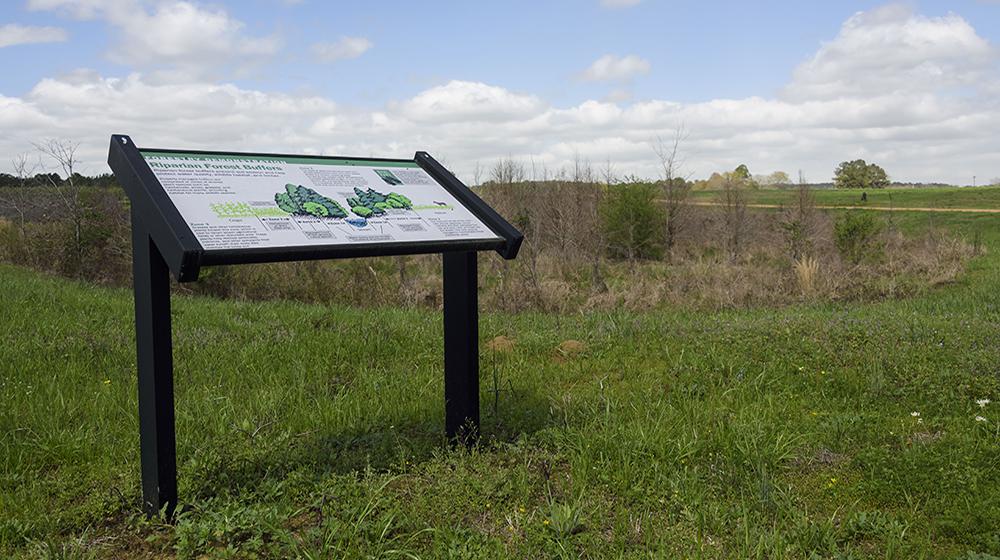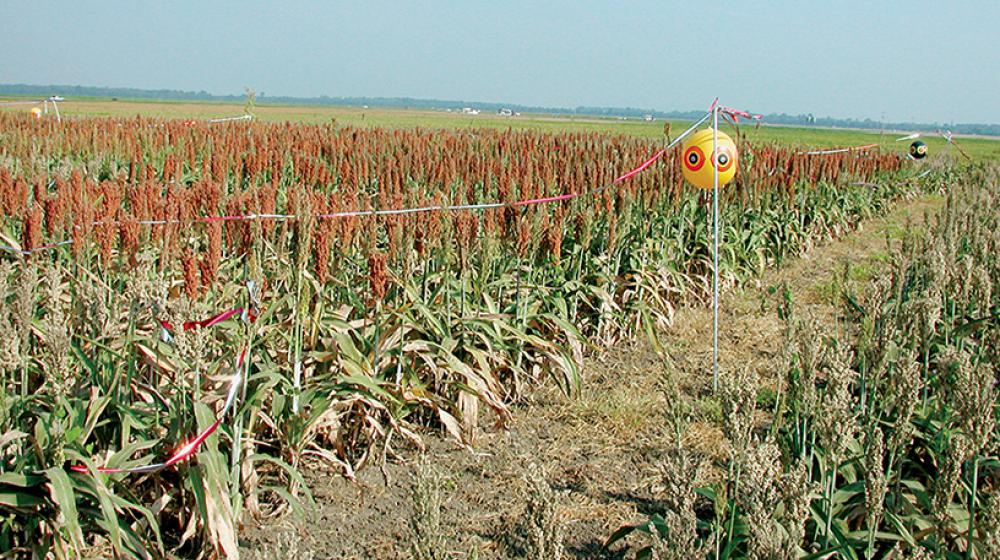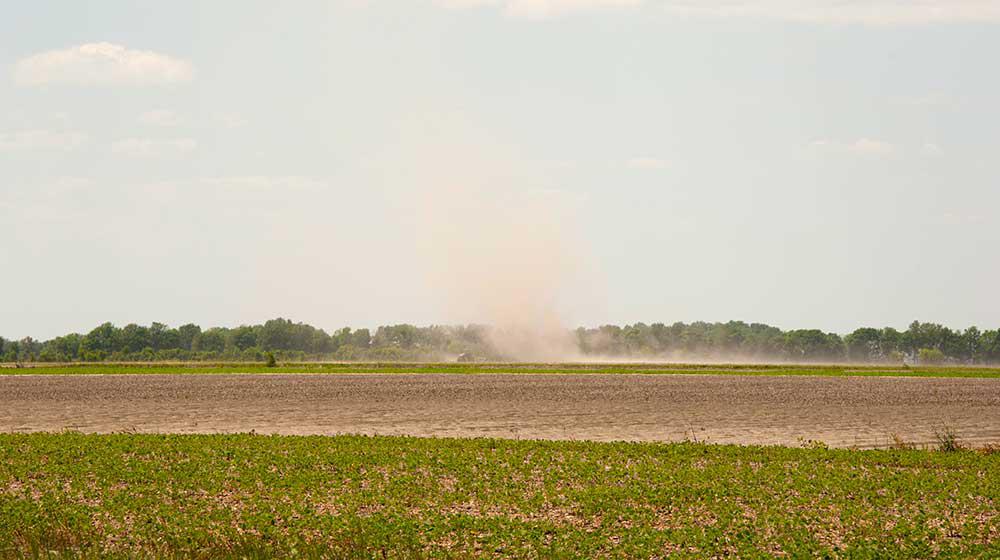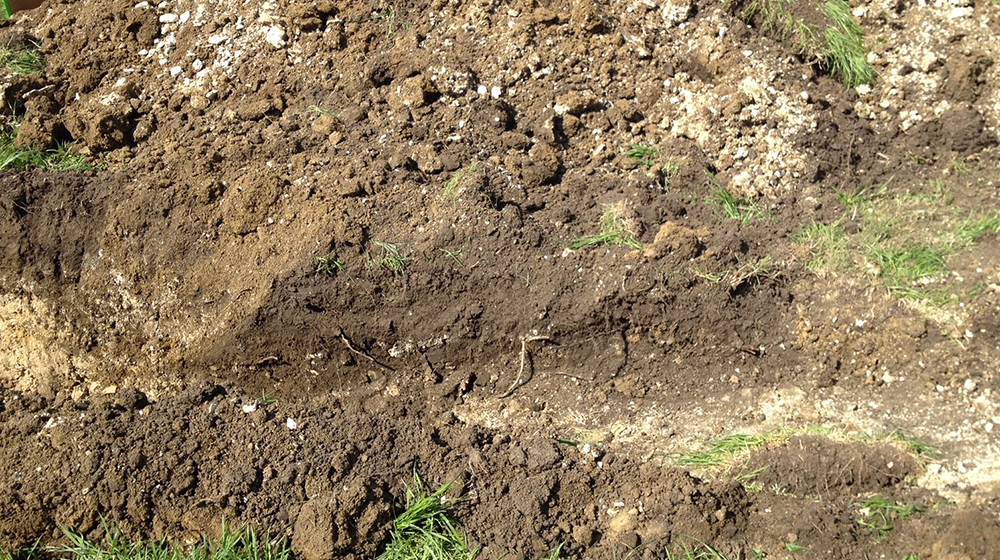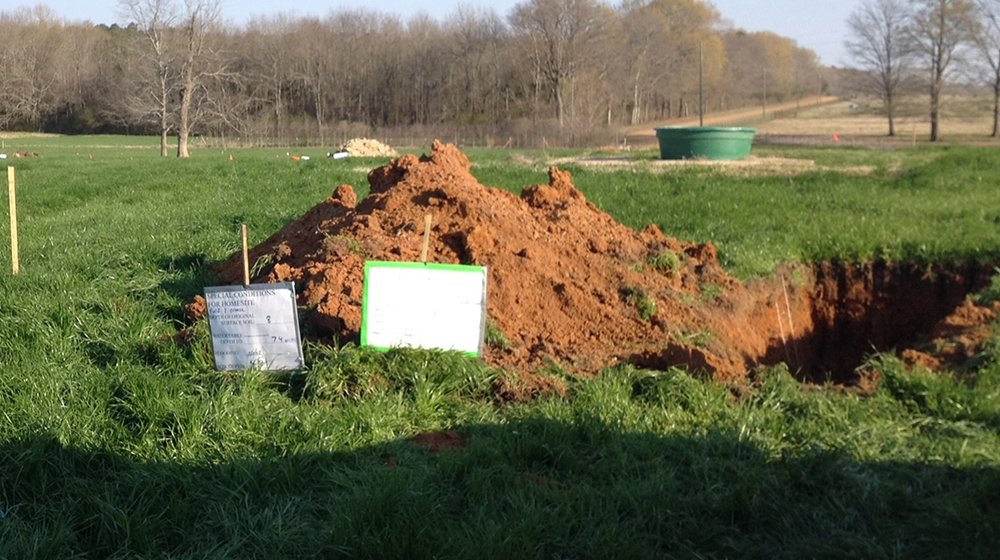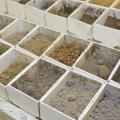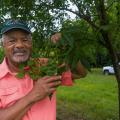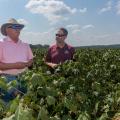Soils
Introduction to Mississippi Soils
Perhaps no other state with so few total residents has the grassroots popular culture impact of Mississippi. The impact of native state soil on individual contributors to the social-cultural fabric may be unknowable, but one thing is known: Mississippi soils are unique and support our current social, economic, and environment conditions.
Mississippi soils are diverse, reflecting:
- the diversity of their parent materials (the raw material for soil),
- a conducive environment (warm, humid) for rapid pedogenesis (the process of soil formation),
- active biological activity (note the warm and humid climate), and
- the unique topography (the lay of the land).
Mississippi has three general land regions:
- The Delta, a river floodplain in western Mississippi,
- The Brown Loam loess region (a band of soils formed in windblown material that adjoins the Delta), and
- The Coastal Plain (the rest of the state).
As land management transitioned after 1492 until now, the surface soils of each region led to the economic activity on them.
In the early 21st century, more than 80 percent of the state’s row-crop production, including cotton, corn, and soybeans, is on Delta soils. These relatively flat and deep soils are derived from alluvium (deposits left by flowing streams). They are very fertile and often formed into large fields conducive to mechanized agriculture.
Animal production and forestry dominate in the shallower soils of the hills of east and south Mississippi that are derived from loess (windblown materials) or Coastal Plain materials (deposited by “stationary” water).
The loess and Coastal Plain regions are subdivided into smaller units based on common soils, geology, climate, water resources, and land use. These subunits, plus the Delta, are known as Major Land Resource Areas.
More information on the individual areas, visit our Mississippi Land Resource Areas page.

Photo credit: NRCS/USDA
Publications
News
Are you already thinking about what you will plant this spring and summer? If you are, don’t forget to test your soil. It’s the best way to know if your garden or lawn needs critical nutrients and how much.
Young people had the unique opportunity to learn interesting things about the soil, plants that grow in it and animals that feed on top of it at a recent field day.
Young people with an interest in soil science are encouraged to sign up now for a June 21 event that explores many aspects of this topic. Mississippi State University will host its first-ever Youth Soil Science Field Day at the North Mississippi Research and Extension Center in Verona. The half-day event is designed for students ages 8-12.
Success Stories
Fenton Pope looked around his native Covington County a quarter-century ago and saw what he believed was an alarming amount of farmland out of production.
Many Clay Countians know Art Sanders as the man who brought an abandoned pecan orchard back to life.
Gaddis & McLaurin might sound more like the name of a law firm than a general store, but the name is synonymous with all manner of dry goods in the Hinds County community of Bolton and has been since the 1870s.

